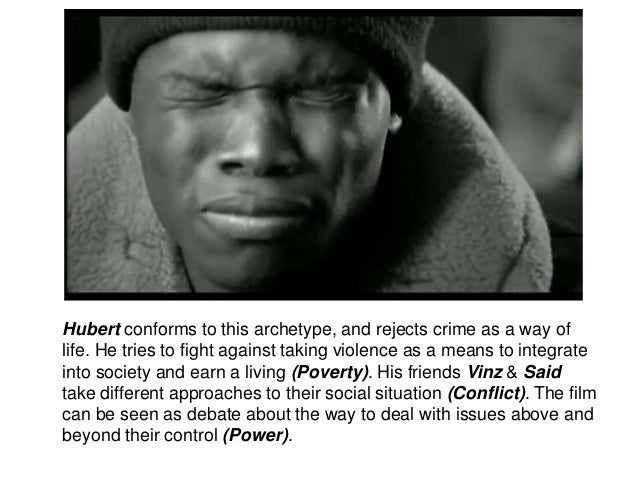

In Japan there is also a personification of Love.
Anthropomorphic Personification: Death watches over everything in the French, Belgian, Russian and Japanese productions, in the form of a dancer wrapped in a trailing shroud.  Alternate Character Interpretation: Notably, that Romeo isn't the broody, wangsting Emo Teen he is in Shakespeare, but just a sensitive young guy who dreams of one day finding someone to love and share his life with, and Tybalt is in love with his cousin. Instead, new characters are added, like a troublemaking page named Stéphano. Adapted Out: Lady Capulet, Lord and Lady Montague, Bathasar, Peter, Sampson, and some of the other minor characters are removed. Tropes used in Roméo et Juliette, de la Haine à l'Amour include: The whole show can be watched in French, German and Hungarian on Youtube. The Hungarian production is different enough from the others in terms of Alternate Character Interpretation and being considerably Darker and Edgier that it has its own separate section on this page. It follows many of the same story beats as Shakespeare's original play, but with enough differences to make it into its own beast. the best that can be said for that production is that it did quite a bit better than Dance of the Vampires). It has since played in Canada, Belgium, Hungary, Russia, Austria, Mexico, Italy, South Korea, Romania and Japan (as well as the UK, but, well. Roméo et Juliette, de la Haine à l'Amour ("Romeo and Juliet: From Hate to Love", though the subtitle is usually dropped in translations and the 2010 Paris revival was in fact known as Romeo et Juliette: Les Enfants de Verone, which translates as "Romeo and Juliet: The Children of Verona") is a musical adaptation of Romeo and Juliet ( obviously) by Gerard Presgurvic that premiered in Paris, France in 2001. The article concludes with a discussion of this crisis and how La Haine situates itself in the history of post-war Left Jewish politics in France."Aimer c'est ce qu'y a d'plus beau/Aimer c'est monter si haut." Vinz's ambivalent locus between, on the one hand, other minority figures with whom he wishes problematically to identify and, on the other, the privilege of whiteness vis-à-vis which he occupies a position of complex and uneasy proximity exemplifies a wider crisis of French Jews on the Left.
Alternate Character Interpretation: Notably, that Romeo isn't the broody, wangsting Emo Teen he is in Shakespeare, but just a sensitive young guy who dreams of one day finding someone to love and share his life with, and Tybalt is in love with his cousin. Instead, new characters are added, like a troublemaking page named Stéphano. Adapted Out: Lady Capulet, Lord and Lady Montague, Bathasar, Peter, Sampson, and some of the other minor characters are removed. Tropes used in Roméo et Juliette, de la Haine à l'Amour include: The whole show can be watched in French, German and Hungarian on Youtube. The Hungarian production is different enough from the others in terms of Alternate Character Interpretation and being considerably Darker and Edgier that it has its own separate section on this page. It follows many of the same story beats as Shakespeare's original play, but with enough differences to make it into its own beast. the best that can be said for that production is that it did quite a bit better than Dance of the Vampires). It has since played in Canada, Belgium, Hungary, Russia, Austria, Mexico, Italy, South Korea, Romania and Japan (as well as the UK, but, well. Roméo et Juliette, de la Haine à l'Amour ("Romeo and Juliet: From Hate to Love", though the subtitle is usually dropped in translations and the 2010 Paris revival was in fact known as Romeo et Juliette: Les Enfants de Verone, which translates as "Romeo and Juliet: The Children of Verona") is a musical adaptation of Romeo and Juliet ( obviously) by Gerard Presgurvic that premiered in Paris, France in 2001. The article concludes with a discussion of this crisis and how La Haine situates itself in the history of post-war Left Jewish politics in France."Aimer c'est ce qu'y a d'plus beau/Aimer c'est monter si haut." Vinz's ambivalent locus between, on the one hand, other minority figures with whom he wishes problematically to identify and, on the other, the privilege of whiteness vis-à-vis which he occupies a position of complex and uneasy proximity exemplifies a wider crisis of French Jews on the Left. 

As Vinz navigates the complicated terrain of adolescent relationships striving to become ‘real’, in other words, ethnic, masculine, authentic, the film also searches for a place for Jewish identity a generation after the ambivalent Jewish encounter with May 1968 and beyond. La Haine achieves this ‘Jewish’ self-reflexivity primarily through the relationship its arguably most fully realized character, Vinz (a working-class Ashkenazi Jew), entertains to his more visibly ethnic friends Saïd (an Arab) and Hubert (a black African). This article examines how the film self-reflexively explores the place of Jewishness in the social crisis it dramatizes. Yet La Haine is preoccupied with this very anxiety. From the 1995 release of La Haine, critics have questioned whether Jewish-French film director Mathieu Kassovitz is ‘authentic enough’ to speak for the ethnic banlieue.








 0 kommentar(er)
0 kommentar(er)
